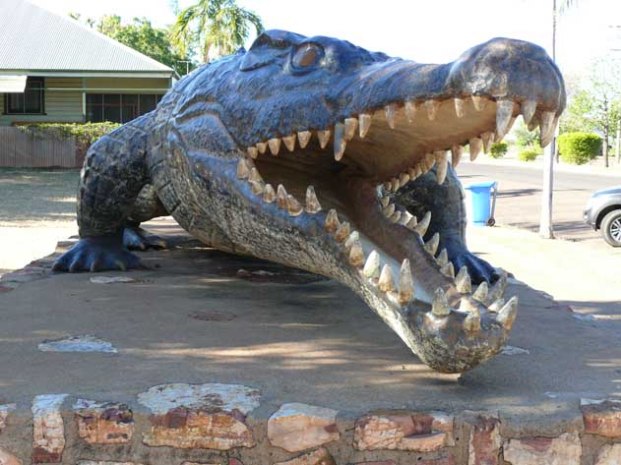Life is about living – fully engaging all your senses.
With today’s modern technology so much is done on computers that our sense of sight – vision – is often dominant. It’s not like you can smell what’s on the screen or taste the food (not yet anyway). However there are so many memories and associations that are linked into our other senses – taste, touch, smell, sound and even the sixth sense of “gut feelings” that activate our emotions and enrich our lives.
Thoughts are so powerful, and combined with emotions, can take you almost anywhere. Such is the craft of a storyteller.
This is a memory of my childhood when I would walk up the hill behind our home to relax after school.
Reaching the top of the hill I would sit on the bare dirt and just let the thoughts of the day go – forgetting about anyone and anything that might be bothering me.

Finding an elevated site to sit and relax helps to lift you out of your troubles and gives you a different perspective.
As the clamour of thoughts started to drift away with the gentle caress of the afternoon breeze, I could hear the distant hum of cars on the highway in the valley behind me and the rustling of the wind in the nearby trees.
Closing my eyes drew my other senses into focus. My skin felt clammy with the high humidity and a pungent, celery-like scent wafted in the air. My mind filled with images of the first time I had encountered the smell. It was when the family moved north to the tropics, taking the Easter school holidays to travel up the coast.
Life was a great adventure then. The week-long drive felt like a month off school. There were so many new, exciting things to discover and places to see. Like the celery-scented vine. We used our noses to sniff out where it was coming from, discovering a vine with weird, tendril-wrapped balloon-like seed pods. And how they were all excited at the first coconut they saw growing. I laugh now remembering how we were amazed at the size of it; not realising there was a thick, fibrous husk around the nut. Even trying to climb the coconut palm was a challenge, and then finding a way to remove the husk once they managed to knock a nut down. Everyone got involved, trying to smash the coconut with a hammer or saw it open, using different tools until someone had the bright idea of stabbing it with a screwdriver and leveraging the husk off.

Coconut palms at Clifton Beach. Councils remove the coconuts for safety reasons but is it taking away one of life’s simple joys?
As we get older and caught up in the worries of the mind we tend to forget to find the fun in life’s simple pleasures. Councils decide to cut down coconut palms because the nuts become a hazard in cyclones or may drop on some unwitting person’s head.
Are we taking the joy out of life for future generations, so intent on staying indoors that they miss the incredible sensory input nature is constantly giving us?
What memories will they treasure do you think?





















